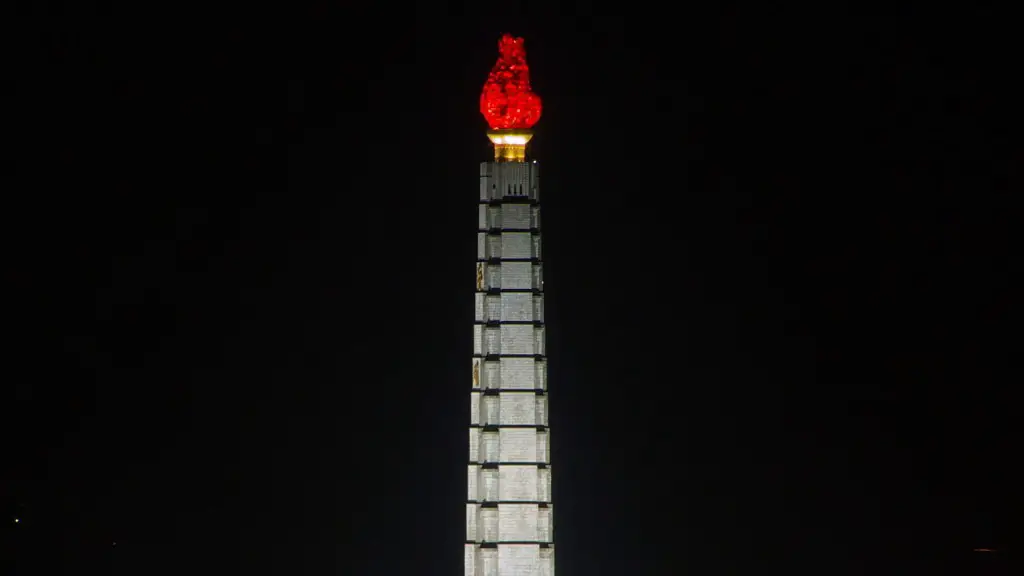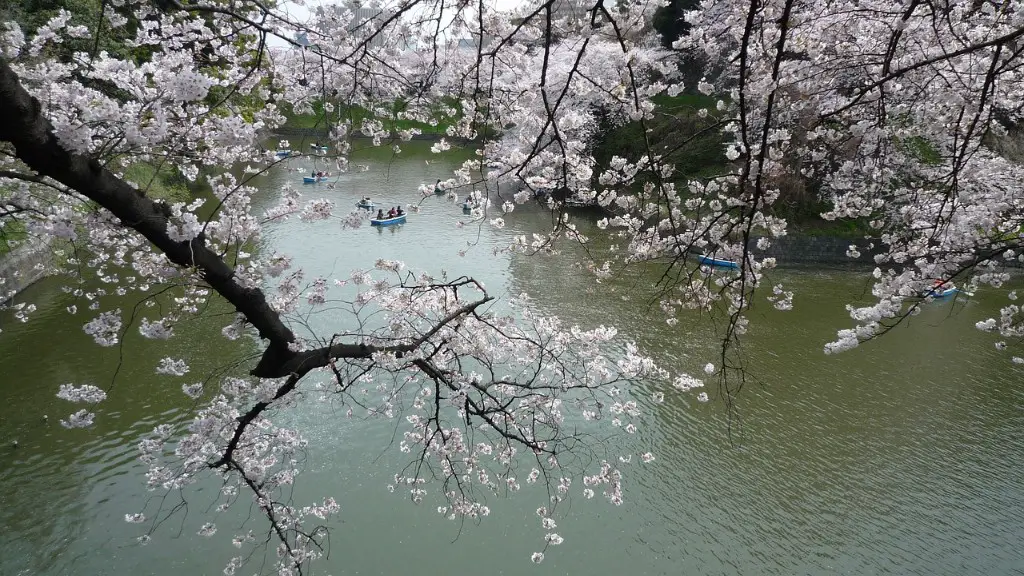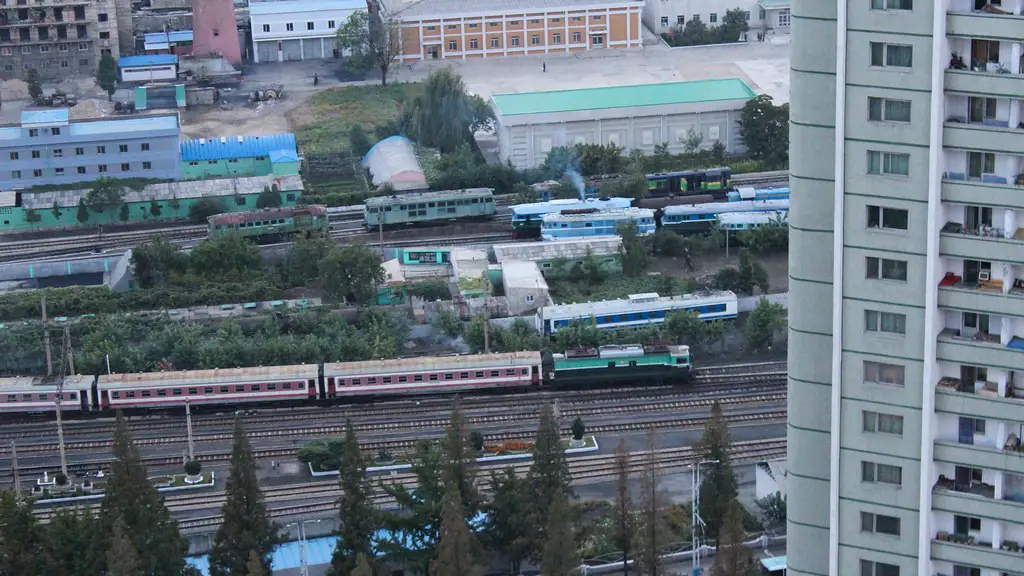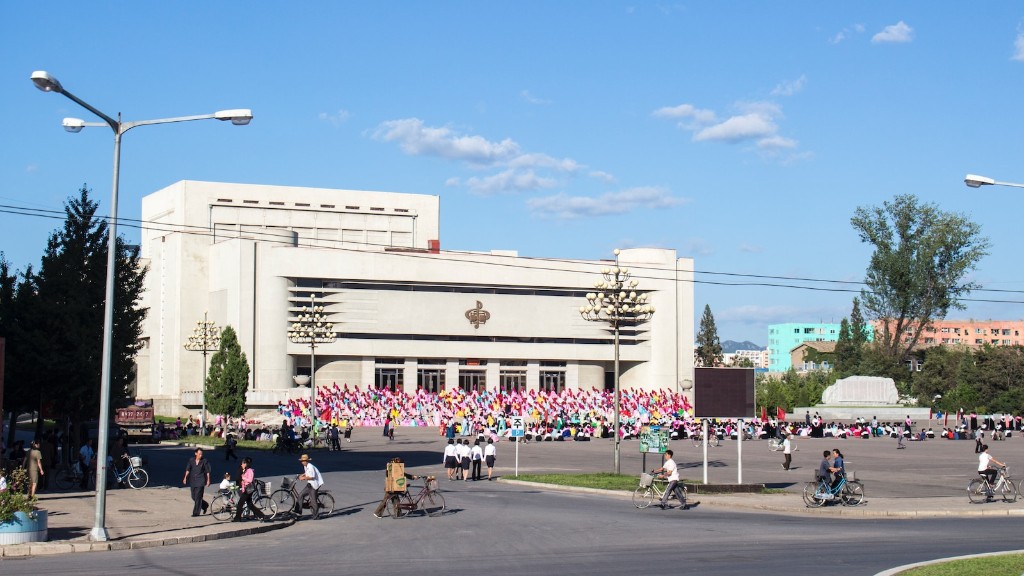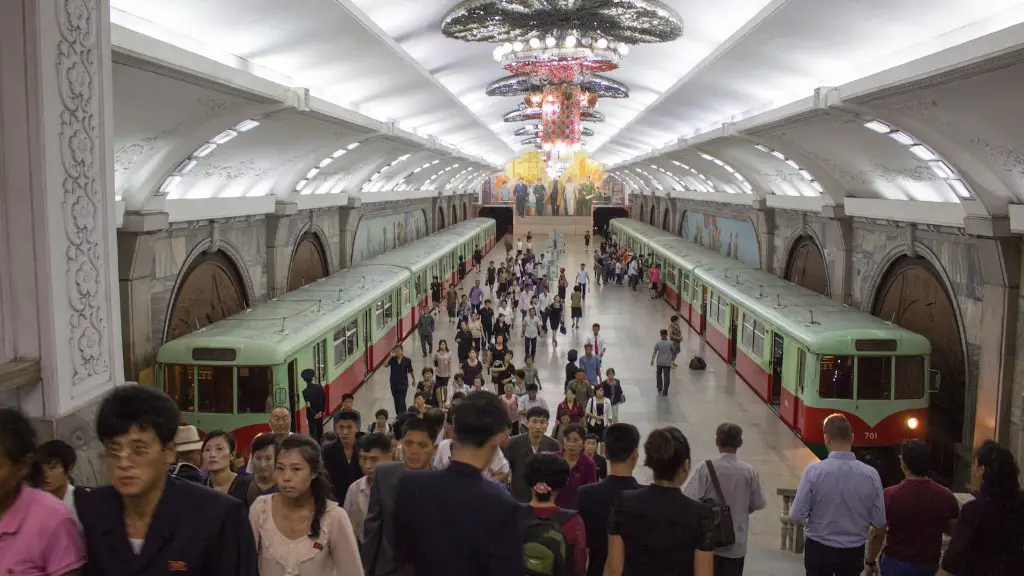The Korean Peninsula has been divided since the end of World War II in 1945. South Korea is home to more than 51 million people and is a prosperous, democratic society. North Korea, on the other hand, is ruled by a totalitarian regime led by Kim Jong Un and home to 25 million people living in poverty. Why is the Korean Peninsula divided in two?
The economic, political, and social differences between the two countries can be traced back to 1945, when the US and the Soviet Union divided the peninsula along an arbitrary line at the 38th parallel. This division was in place when the Korean War erupted in 1950, and despite the ceasefire in 1953 and subsequent peace talks, the line was never removed. Since then, North Korea has moved further away from the capitalist, democratic ideals of the south and into a socialist state.
North Korea has a closed economy, with one of the lowest Gross Domestic Products per capita in the world. Its economy remains very isolated, which has caused it to struggle, even with the financial support of China. South Korea, on the other hand, has built a strong economy with strong trade links to the rest of the world. This is reflected in its strong Gross Domestic Product per capita, and its high-tech infrastructure.
The two Koreas also follow different political paths. South Korea is a democracy, with a peaceful transfer of power between competing parties. North Korea, however, remains a single-party state, with the ruling party capable of maintaining its control over the whole country through fear and intimidation.
In terms of social and cultural differences, the two Koreas are also vastly different. South Korea is a modern society with a booming entertainment industry and vibrant culture that draws in tourists from around the world. North Korea, on the other hand, is viewed as a cult of personality with a heavily censored press and tightly controlled society. This is reflected in its lack of diplomatic ties with most other countries, as well as its restrictions on the movement of its citizens.
The division of Korea has been a source of tension and conflict on the peninsula for decades. The Korean War saw many lives lost on both sides, and although a cease-fire was declared in 1953, the North and South have yet to reach a peaceful resolution. In recent years, there have been signs of progress, with the North and South engaging in diplomacy and holding talks, but the goal of a unified Korea remains distant.
Division of Resources
The division of Korea has also caused a division in resources between the two countries. South Korea has enjoyed the natural resources and economic opportunities of the region, such as skilled workers, access to capital, and modern infrastructure; while North Korea has been denied access to such resources and is facing the consequences of an outdated economy and infrastructure. North Korea’s isolation has also caused it to be isolated from the global economy, leading to an even greater gap in resources between the two countries.
The division of resources has made it difficult for North Korea to grow and develop, leading to further economic stagnation. Despite the assistance from countries such as China, North Korea has struggled to keep up with the economic development of the South. This is reflected in both the lack of resources available to the North, and the poor economic conditions that its citizens live in.
Unfortunately, this division of resources has also caused a division in attitudes towards the two Koreas. South Korea is typically viewed in a positive light by the international community for its free market economy and democratic nature. North Korea, on the other hand, is usually seen as an oppressive and dangerous regime, due to its focus on propaganda and its advancement of weapons of mass destruction.
Differing Ideologies
The division of Korea can also be traced back to the differing ideologies of the North and South. North Korea is a socialist, single party state based on the principles of Juche, or “self-reliance.” This philosophy emphasizes the importance of the state over the individual, and of the collective over the individual. South Korea, on the other hand, is a capitalist democracy, with an emphasis on individual rights, free enterprise, and the importance of the individual.
The two countries differ not only in their political ideologies, but also in their religious belief systems. North Korea is officially an atheist state, where the teachings of former supreme leader Kim Il-Sung are believed to be above all other religions. South Korea, meanwhile, is a religiously diverse nation, with a large percentage of its population identifying as Buddhist, Christian, or other faiths.
These different ideologies have led to different approaches to international relations. North Korea prefers to remain isolated from the rest of the world, while South Korea is actively engaging with other countries and is a member of the United Nations. North Korea also views the US and South Korea as enemies, while South Korea views them as allies.
Longstanding Conflict
The conflict between the two Koreas has been a source of tension and violence for decades. Although official hostilities ended with the armistice in 1953, the two sides remain in a state of diplomatic, economic, and occasionally military hostility. This has resulted in numerous clashes over the years, such as the naval skirmishes in 1999 and 2002, as well as incidents such as the sinking of the South Korean naval vessel Cheonan in 2010.
The two Koreas have also been locked in a long-running dispute over the North’s nuclear weapons program. North Korea has tested several nuclear weapons over the years, in defiance of international condemnation, and the US and South Korea have maintained a joint military presence near the North Korean border to deter any possible aggression.
The conflict between the North and South has also led to South Korean firms pulling their investments out of the North. This has caused economic hardship in the North, and has caused relations between the two Koreas to deteriorate further.
International Relations
The two Koreas have maintained a tense relationship for decades, largely due to the presence of the US and its allies in South Korea. The US has long been a major player in the region, and the US deploys troops in South Korea to help defend the country against possible aggression from the North. Despite the presence of US troops in the South, North Korea has still shown hostility towards both the US and South Korea through its nuclear weapons program and other activities.
The North and South have also engaged in a number of diplomatic talks over the years, in an attempt to lessen tension and establish communication between the two sides. However, these talks have been largely unsuccessful, due to the North’s refusal to give up its nuclear weapons program and its continued harsh rhetoric towards the South.
Despite their differences, both Korea’s have still sought to maintain ties with the international community. South Korea is an active member of the United Nations, while North Korea has sought to engage the international community through meetings with foreign dignitaries, such as former US President Donald Trump.
Future of the Korean Peninsula
Despite the ongoing tensions between the two Koreas, there is still hope for a peaceful reunification of the peninsula. Over the past few years, there have been clear signs that both sides are willing to engage in talks, with North Korea’s participation in the 2018 Winter Olympics being a major step towards improving relations between the two countries.
The South also has been actively pursuing diplomatic relations with the North, as evidenced by its decision to build a Joint Security Area (JSA) within the Demilitarized Zone. This area is jointly monitored and patrolled by troops from both sides, and is a symbol of the hope for a peaceful resolution to the conflict.
Furthermore, the new Biden administration has signaled a shift in US policy towards North Korea, indicating that the US may be willing to work towards a peaceful resolution. This shift could bring new hope to the Korean peninsula, and may ultimately lead to a unified Korea.
Proposals for Reunification
Given the divisions between the two Koreas, reunification is no simple feat. It would be an immensely complex process that would require the support of all major stakeholders, including the US, South Korea, North Korea, and China. Such a process would also need to involve a significant degree of compromise from all parties.
One potential proposal for reunification is the “sunshine policy.” Developed by former South Korean president Kim Dae-Jung and adopted by his successor Roh Moo-Hyun, the sunshine policy is based on engagement and dialogue instead of confrontation and conflict. It involves providing aid and support to the North in exchange for concessions and diplomatic dialogue.
Proposals such as the sunshine policy are a step towards a more peaceful Korean peninsula and could potentially lead to a unified Korea in the future. However, these proposals are not without their own challenges, and there is still much work to be done if a lasting peace is to be achieved.
Conclusion of Reunification Efforts
Efforts to reunite the two Koreas have been ongoing since the end of the Korean War in 1953, and there have been a number of breakthroughs and setbacks along the way. Unfortunately, the task of reunifying the peninsula is complex and difficult, and the prospect of a unified Korea remains distant. Nevertheless, there is still hope for a peaceful resolution to the conflict, and with continued dialogue between the North and South, there is still the possibility of a reunited Korean peninsula.
